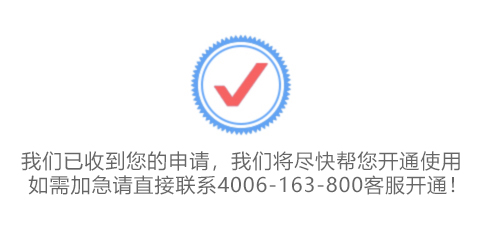做外贸如何应对无单放货
做外贸如何应对无单放货
在国际贸易中,无单放货是一个常见但风险极高的现象。尤其是在巴西等国家,由于特殊的法律政策,无单放货成为了出口企业面临的一大挑战。本文将通过实例分析,探讨无单放货的概念、风险以及应对策略,旨在帮助外贸从业者更好地理解并应对这一问题。
一、无单放货的概念与风险
无单放货,又称无正本提单放货,指的是在未收回正本提单的情况下,承运人或其代理人、港务当局或仓库管理人依据提单上记载的收货人或通知人凭副本提单或提单复印件,加保函放行货物的行为。这种做法虽然在某些情况下能够加快货物流转速度,但同时也带来了巨大的风险。最直接的风险是出口企业可能面临货物和款项双失的局面。
二、国际贸易中的无单放货实例
2013年5月,巴西海关发布的一项海关通告,规定了巴西境内货物实施新的放货政策,即使出口企业持有正本提单,巴西进口商也可以无单提货。这一政策的实施,使得出口至巴西的企业面临巨大的风险,许多企业因此取消了对巴西的出口订单。除巴西外,尼加拉瓜、危地马拉、洪都拉斯等多个国家也存在类似的无单放货政策。
三、应对无单放货的策略
面对无单放货的风险,出口企业可以采取以下几种策略来降低损失风险:
- 预先收取货款:在出口前要求客户支付所有货款,确保安全收汇后再装船出口。
- 信用证结算:与客户通过信用证方式结算,只要交付了完全符合信用证条款要求的全套单据,银行就必须支付信用证下的货款。
- 选择合适的贸易条款:尽量签订CIF或CFR贸易条款项下的合同,避免货运代理人与进口商串通无单交货。
- 建立客户信誉黑名单:根据客户的信誉度建立黑名单,防止无单放货,货款两空的情况发生。
无单放货是国际贸易中一个不可忽视的风险点。面对这一问题,出口企业需要深入了解国际贸易惯例,合理选择贸易条款,并采取有效的风险防控措施。通过上述策略的实施,可以在一定程度上降低无单放货带来的风险,保障企业的利益不受损失。


 团队
团队

























